
Ulrich Detert Research Centre Juelich (FZJ) Institute for Applied Mathematics (ZAM) D-52425 Juelich Germany Phone: (++49)2461-61-6434 Fax: (++49)2461-61-6656 U.Detert@fz-juelich.de
After replacing a Cray T90 by an SV1ex system at FZJ we observed variations in the CPU time of user applications that were unexpectedly high. The paper describes details of our observations, gives some information on the reasons for the performance variations and outlines measures taken to reduce the observed effects. Components involved in this process include the SV1ex memory hardware, system software and also user application codes.
This paper is also available in Acrobat PDF format.
In January 2002 FZJ replaced a Cray T90/10 and a Cray J90/16 by an SV1ex-1A system with the following characteristics:
Single CPU performance measurements showed that the performance of the SV1ex CPUs is comparable to the performance of T90 CPUs if the cache utilization is high (Fig 1). On the other hand, if the data access pattern doesn't allow for good cache reuse, the CPU performance drops significantly due to memory bandwidth constraints.

Fig. 1: Single CPU Performance
When the SV1ex system was taken into production soon after installation there were complaints from users about great variations in CPU time. Users claimed to see variations in the range up to factor 5. The variation of CPU time of user jobs was especially unpleasing, since job accounting is essentially done on the basis of CPU time. Furthermore, there were situations were identical user jobs reached their time limit in some runs but ran to completion in other runs.
In order to evaluate the extent of the CPU time variations and to find out about the reasons we decided to periodically run a probe job and plot the CPU time of the probe against the workload of the SV1ex system (Fig. 2). The probe job exhibited indeed CPU time variations in the described range. However, there was no clear correlation between the measured CPU time and the system workload.
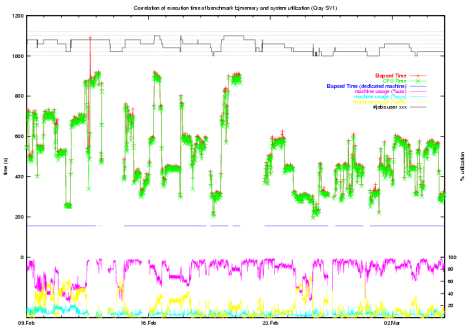
Fig. 2: CPU Time Variations of Probe Job
For further analysis we decided to use a kernel benchmark that specifically stresses memory and cache and to run multiple copies of the benchmark on a dedicated system. The first observation was that on a dedicated system as well as under normal production load there is a strong correlation between CPU time and the number of memory conflicts per memory reference (Fig. 3). The measurements were done with hpm (Hardware Performance Monitor, group 2).
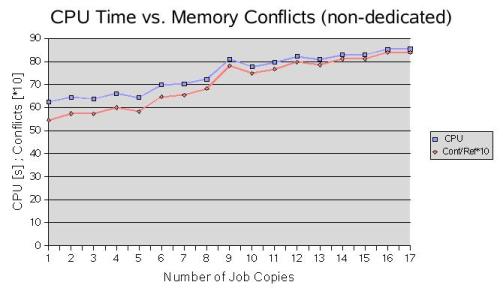
Fig. 3: CPU Time vs. Memory Conflicts
On a dedicated system the kernel benchmark loops were executed in 1 to 16 copies
to produce memory load proportional to the number of job copies. The various kernel
loops exhibited a different behavior with respect to CPU time and memory conflicts
(Fig. 4):

Fig. 4: CPU Time of Benchmark Loops
A remarkable property especially of the 'cachemix' curve in Fig. 4 is the great variation
in CPU time with peaks for 5 and 8 job copies e.g. These peaks hint at great variations
in the CPU time for identical jobs, since in Fig. 4 the curves have been plotted
from randomly selected job copies, not from the average CPU time of multiple runs.
Fig. 5 depicts this observation in more detail. There are significant differences
in the CPU time of identical runs depending on the CPU numbering. When stepping from
4 to 5 job copies the CPU time of two jobs increases by factor 2 while 3 jobs remain
at the previous performance level. Similar occurs when going from 5 to 6 job copies.
16 jobs finally exhibit a balanced performance at a low performance level, however.
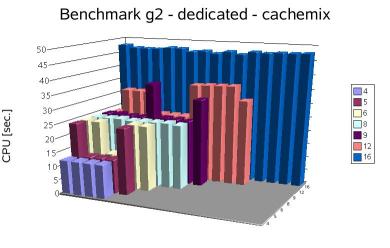
Fig. 5: CPU Time Variation for 'cachemix' Loop
The reason for the observed performance behavior can be found in the SV1ex memory architecture. Fig. 6 shows the basic principal of the SV1ex memory with a 4x4 backplane. 4 CPU modules share 4 memory modules, so, in a fully populated system, 4 CPUs each share one memory module with two sections. On memory loads each CPU can transfer data at a rate of approximately 3.5 GB/s. Since one memory module is capable of delivering data at a rate of 6.4 GB/s, two CPUs can absorb the entire memory bandwidth. On memory stores the situation is even worse, since the available memory bandwith is only half the bandwidth of loads.
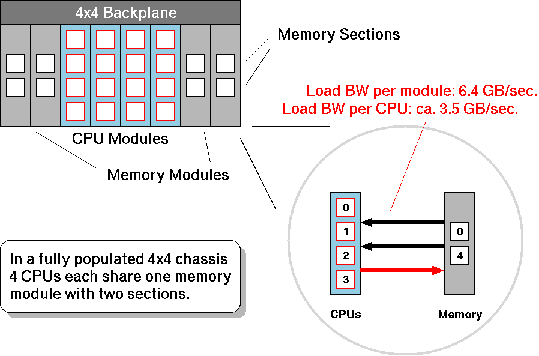
Fig. 6: SV1ex-1A Memory Architecture
The memory bandwith that is available to a given CPU is furthermore dependent on
the CPU numbering on the module. Fig. 7 shows the CPU time measurements of the 'cachemix'
loop for 1, 2, and 4 copies. All jobs ran on CPUs in the same module. If just one
job is run it requires 12 sec. CPU time independent of the CPU's location on the
board. If four copies are run, the situation is balanced as well (48 sec. for each
job). If two jobs are run, however, the required CPU time depends on the location
of the involved CPUs. There are bad combinations (CPUs 0+1 or CPUs 2+3 with 24 sec.
per job) and not so bad combinations like CPUs 0+2 or 0+3 e.g. For two jobs per module
there are no good and balanced combinations, however.
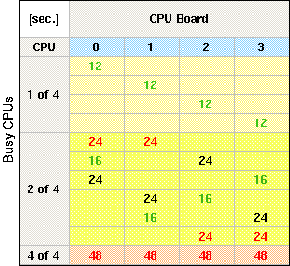
Fig. 7: CPU Time Dependent on CPU Location
It is worthwhile noting that the Unicos kernel scheduler recognizes this situation
and places jobs on empty CPU modules if possible and - as of Unicos 10.0.1.1 - avoids
bad CPU combinations, if there are two jobs per module.
Unfortunately, the above results do not explain the observed CPU time variations during production on a fully loaded system. Additional investigations revealed that high CPU time measurements in our probe job were strongly correlated with the existance of one specific user job in the system workload.
Investigations showed that this job used stride 2048 memory access for a large number of array computations (Fig. 8).
PARAMETER (NN=1024)
PARAMETER (WW=2*NN)
...
REAL*8 EMA(WW,WW),EVE1(WW),ZEVE1(WW)
...
DO 22 L1=M1+1,WW
VOLDA=VOLDA+EMA(M1,L1)
VOLDC=VOLDC+CMA(M1,L1)
22 CONTINUE
...
DO 52 L1=M1+1,WW
EMA(M1,L1)=EVE1(L1)
CMA(M1,L1)=CHIVE1(L1)
52 CONTINUE
...
Fig. 8: User Code with Stride 2048 Memory Access
Since the SV1ex memory utilizes 2048 memory banks, the above code segment produces
a tremendous amount of memory bank conflicts. Different from the Cray T90 memory
system e.g. these conflicts not only slow down the originating program, but also
all other jobs running in the system. So, on Cray SV1ex systems program optimization
has become of even greater importance than before.
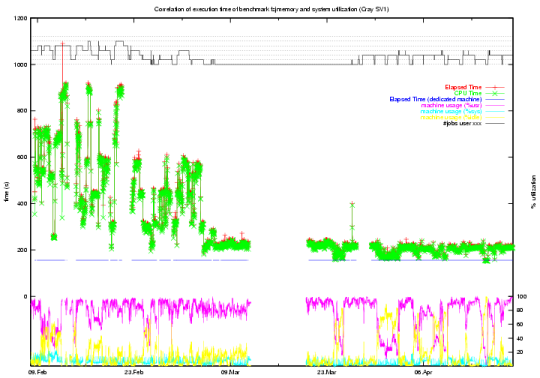
Fig. 9: CPU Time Variations Before and After Program Optimization
Fig. 9 shows the CPU time variations of our probe job before and after the optimization
of the user code that caused the memory conflicts. It will be an issue for the future
to ensure that no other job in the system workload undermines the performance of
the entire system.
The author would like to thank Wolfgang Frings at FZJ and all people at Cray Inc.
who helped analysing and solving the observed problems. Special thank is devoted
to Wilfried Oed, Thomas Erdmann and Ralph Krotz.